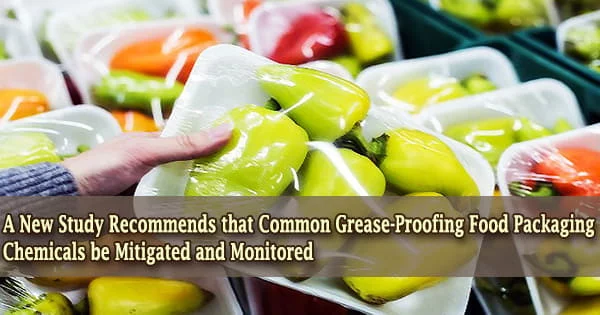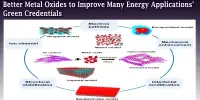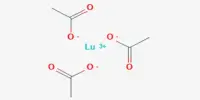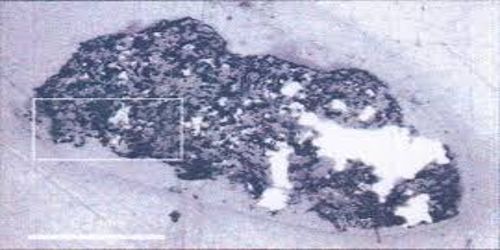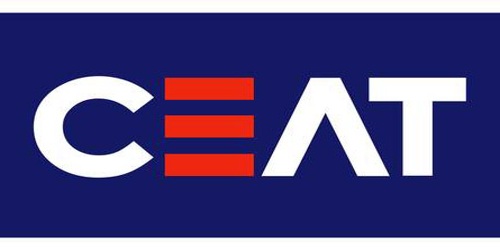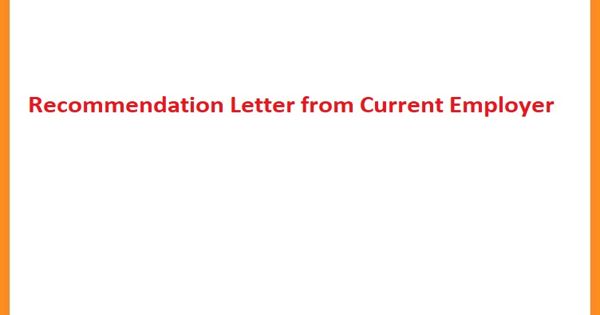Chemicals used to “grease-proof” everything from food packaging to carpets have been building up in the environment for decades, contaminating ecosystems all over the world, according to new research, and greater knowledge of the threats presented by these chemicals is needed.
The study, which was published in the academic journal Trends in Food Science & Technology, compiled the proceedings of a symposium chaired by an Iowa State University scientist and issued a call to action on the need for new and better ways to detect and mitigate this class of chemical compounds, known as per and poly-fluoroalkyl substances (PFAS) collectively.
The study emphasizes the need for new tools to monitor and investigate exposures to synthetic chemicals from many sources, including food since evidence suggests that high amounts might have harmful health impacts in humans and other species.
They’re out there, we need to be aware of them, and it’s really hard to eliminate them. We need to work on mitigation strategies, and we need to be monitoring them and better understand the risks they pose.
Keith Vorst
PFAS builds up in the environment and does not degrade on its own. According to Keith Vorst, director of the Polymer and Food Protection Consortium and assistant professor of food science and human nutrition at Iowa State, the chemicals can pollute waterways after leaching from goods dumped in landfills.
Since the 1940s, these completely man-made compounds have been employed in a wide range of products, and several states have implemented legislation to limit their usage. However, because of their capacity to remain in the environment, existing compounds can continue to pollute the ecosystem.
“They’re out there, we need to be aware of them, and it’s really hard to eliminate them,” Vorst said. “We need to work on mitigation strategies, and we need to be monitoring them and better understand the risks they pose.”
PFAS stands for polyfluoroalkyl substances. PFAS are frequently used to protect food containers to prevent grease from escaping. Burger paper wrappers are frequently covered in these chemicals, according to Vorst, to prevent grease from spilling onto customers’ hands. Carpets, automobile interiors, and fire-fighting foams have all been coated with the chemicals.
Although certain PFAS are no longer manufactured in the United States, according to Vorst, over 5,000 different compounds fall into this category, making it difficult for regulators to keep up with emerging chemicals.
According to the Environmental Protection Agency, studies have shown that high amounts of certain of these chemicals might induce reproductive and developmental, liver and renal, and immunological abnormalities in laboratory animals.
Increased cholesterol levels in exposed populations are the most consistent findings, according to the EPA, and studies have revealed little evidence for correlations between high levels of specific PFAS and low childbirth weights, immune system impacts, cancer, and thyroid hormone disruption.
Surveillance and mitigation The new publication is the result of a virtual symposium hosted by the Institute for the Advancement of Food and Nutrition Sciences in June 2020. Scientists, engineers, and regulatory experts from the public, commercial, and university organizations attended the conference.
The symposium addressed scientific gaps in the detection and measurement of PFAS in food, as well as exposure pathways. Speakers also mentioned that, based on current research, there isn’t much PFAS in food.
Greg Curtzwiler, an assistant professor of food science and human nutrition, and Paulo Silva, an adjunct assistant professor of food science and human nutrition, are working in the lab with Vorst to investigate potential mitigation strategies such as high voltage atmospheric cold plasma to change the chemistry of PFAS.
This method might operate by running PFAS-containing items, such as product packaging or even drinking water, through an artificial environment to reduce the chemicals’ levels. The process has been tested, and the study team is collaborating with Iowa State University to patent the technology.
Vorst’s PFPC lab has also been experimenting with novel methods for detecting and monitoring PFAS levels in diverse contexts. The ISU Polymer and Food Protection Consortium helped fund a lot of this research.
“We’re looking at continuous monitoring of exposure limits,” Vorst said. “We’re trying to develop threshold limits for packaging and products. We’re also looking at how we can change these chemistries to get them out of the environment, make them less persistent or sequester them.”
